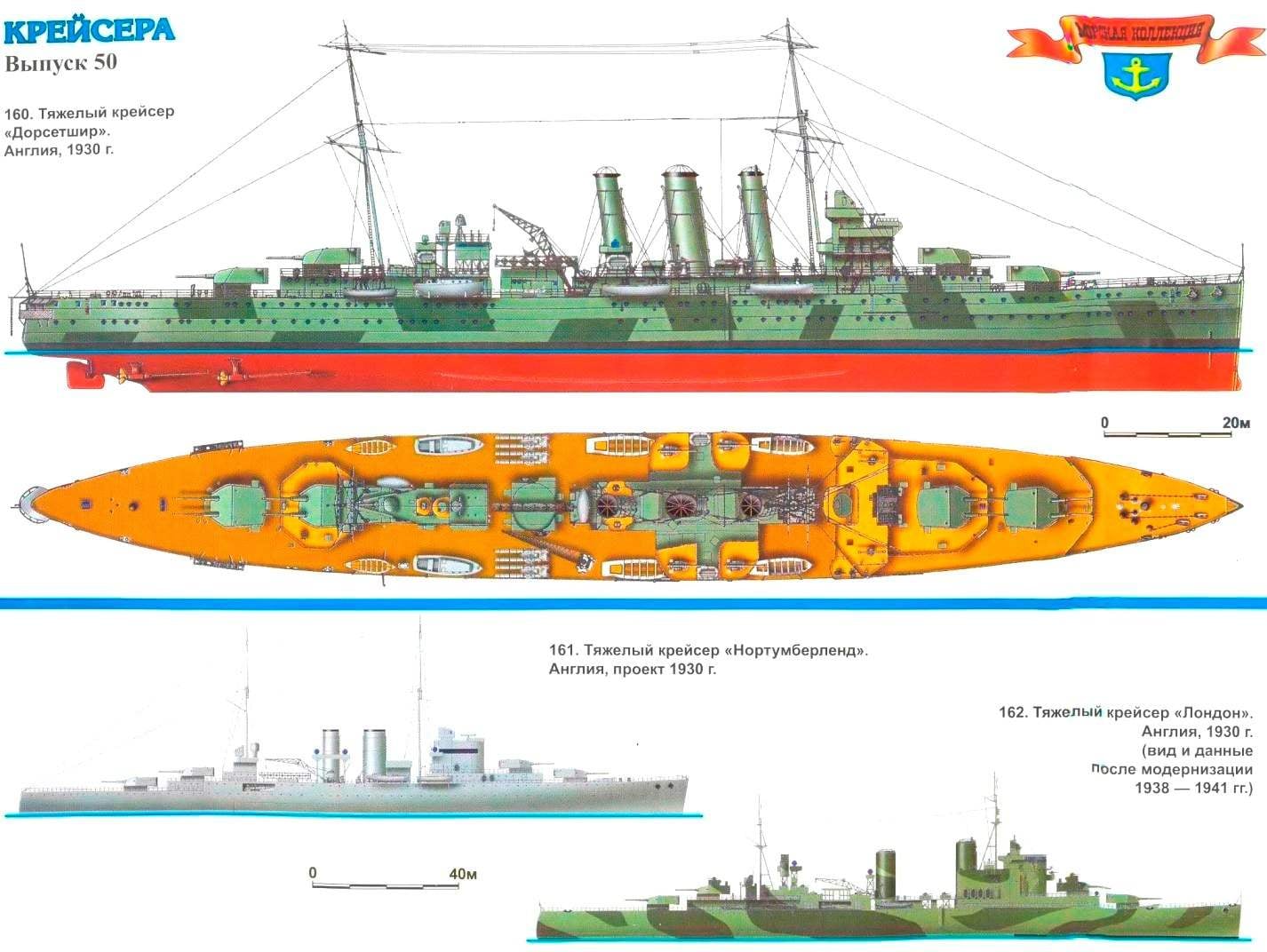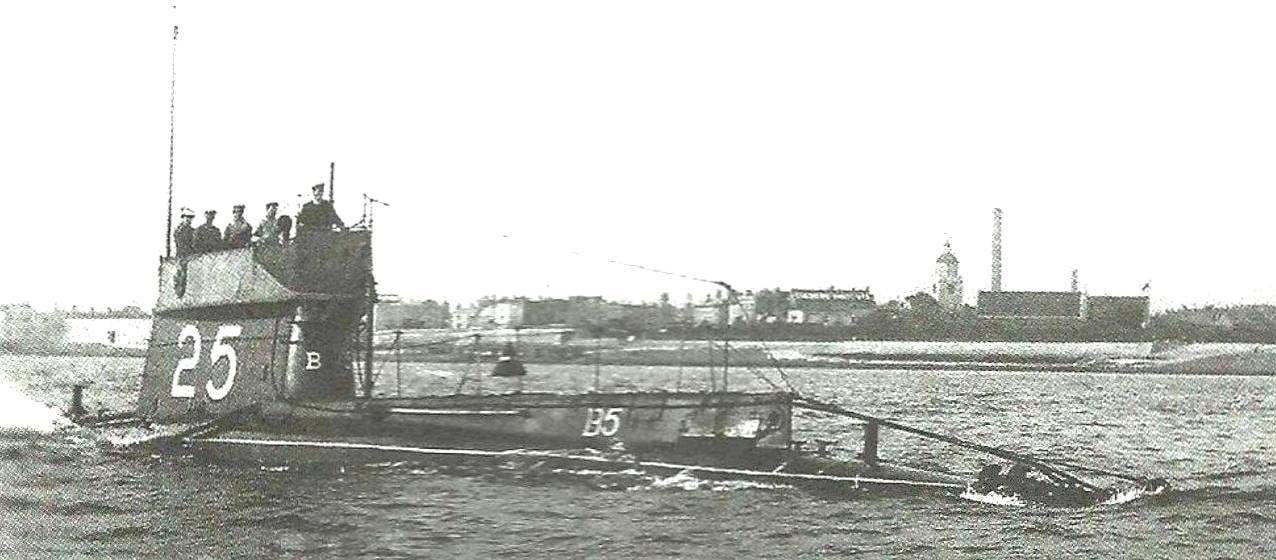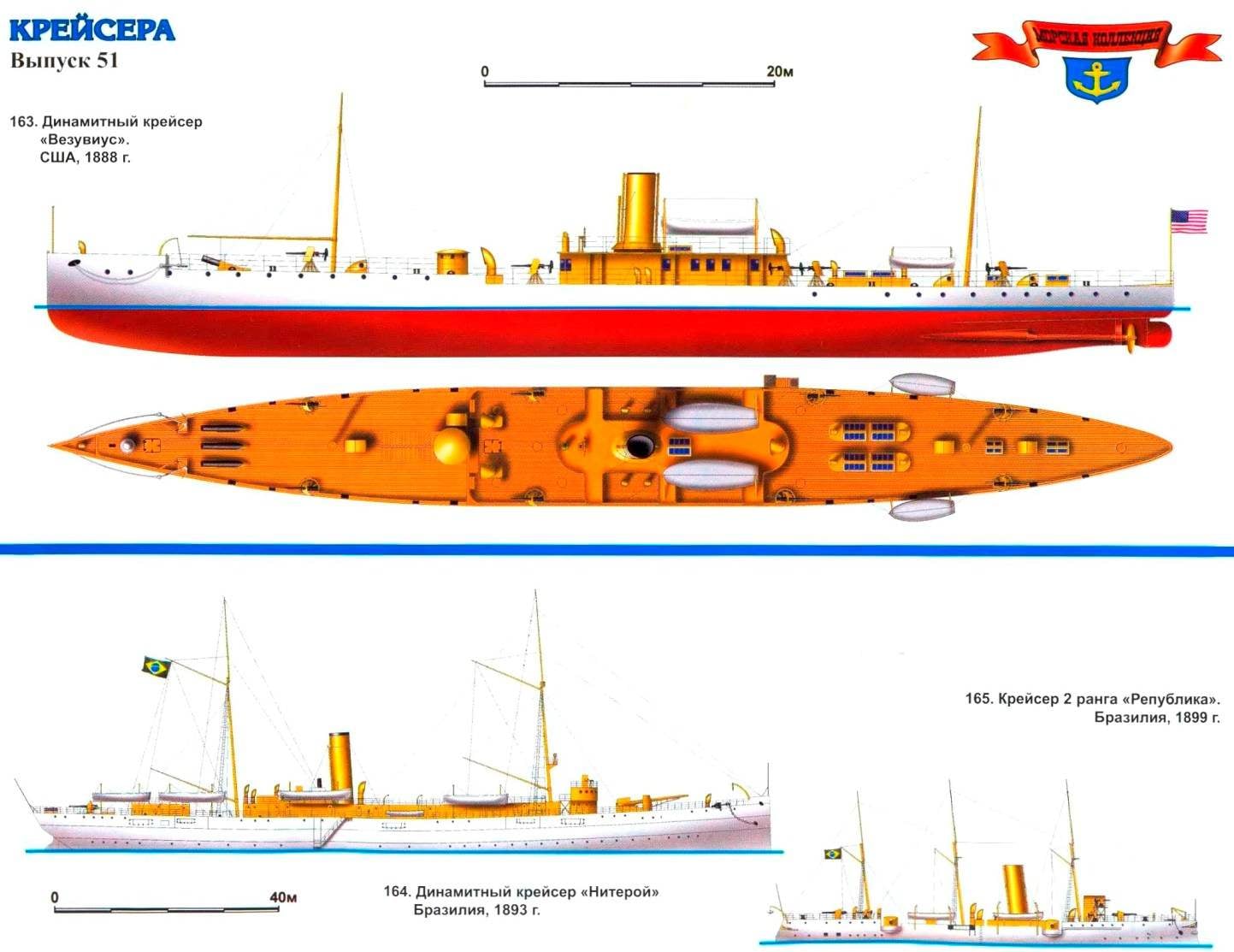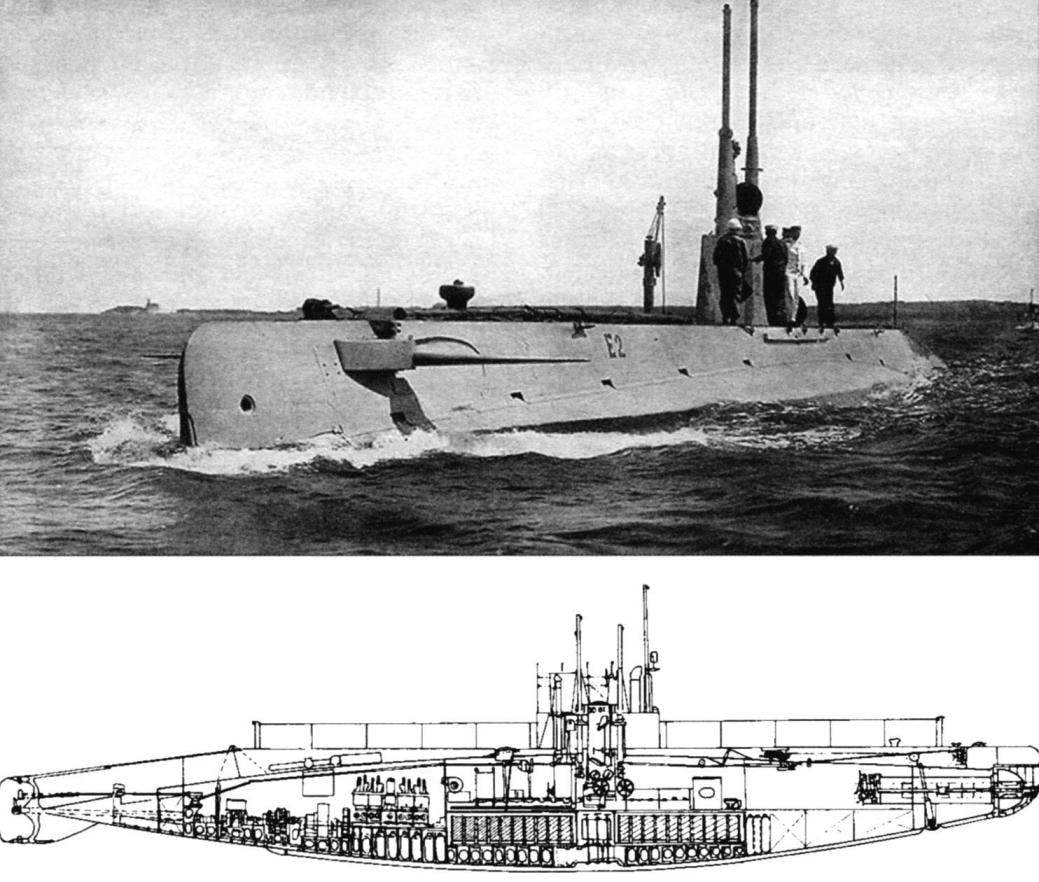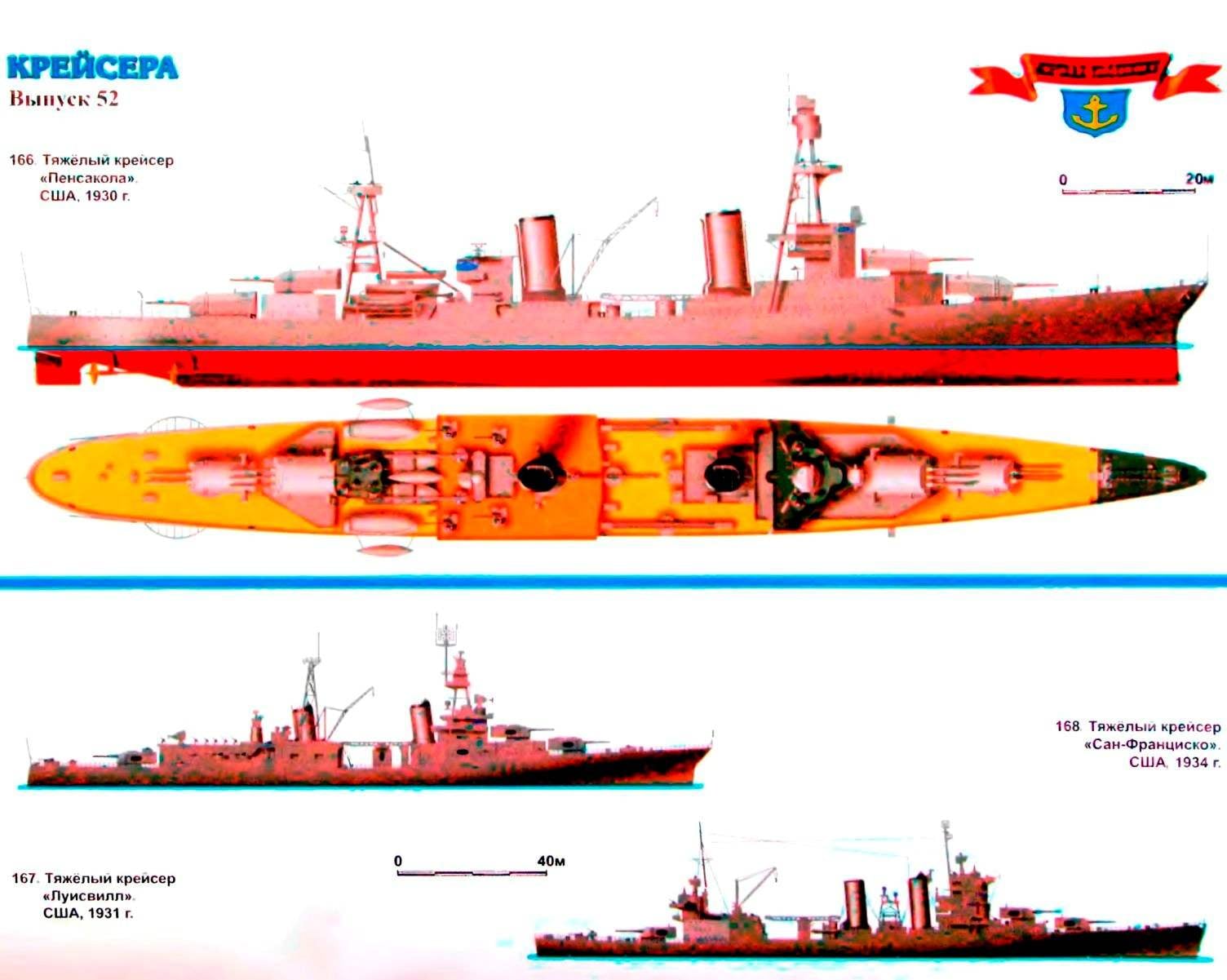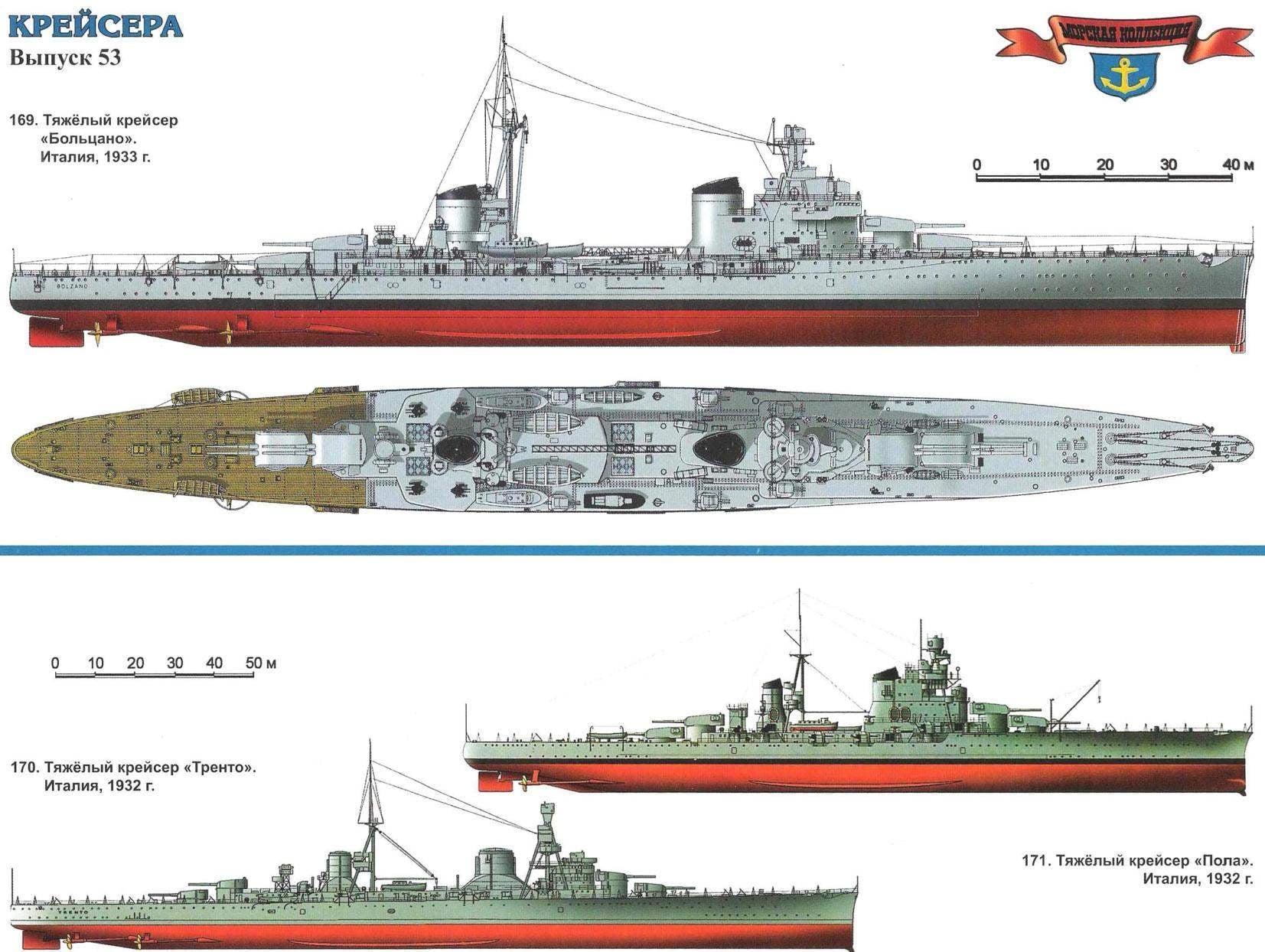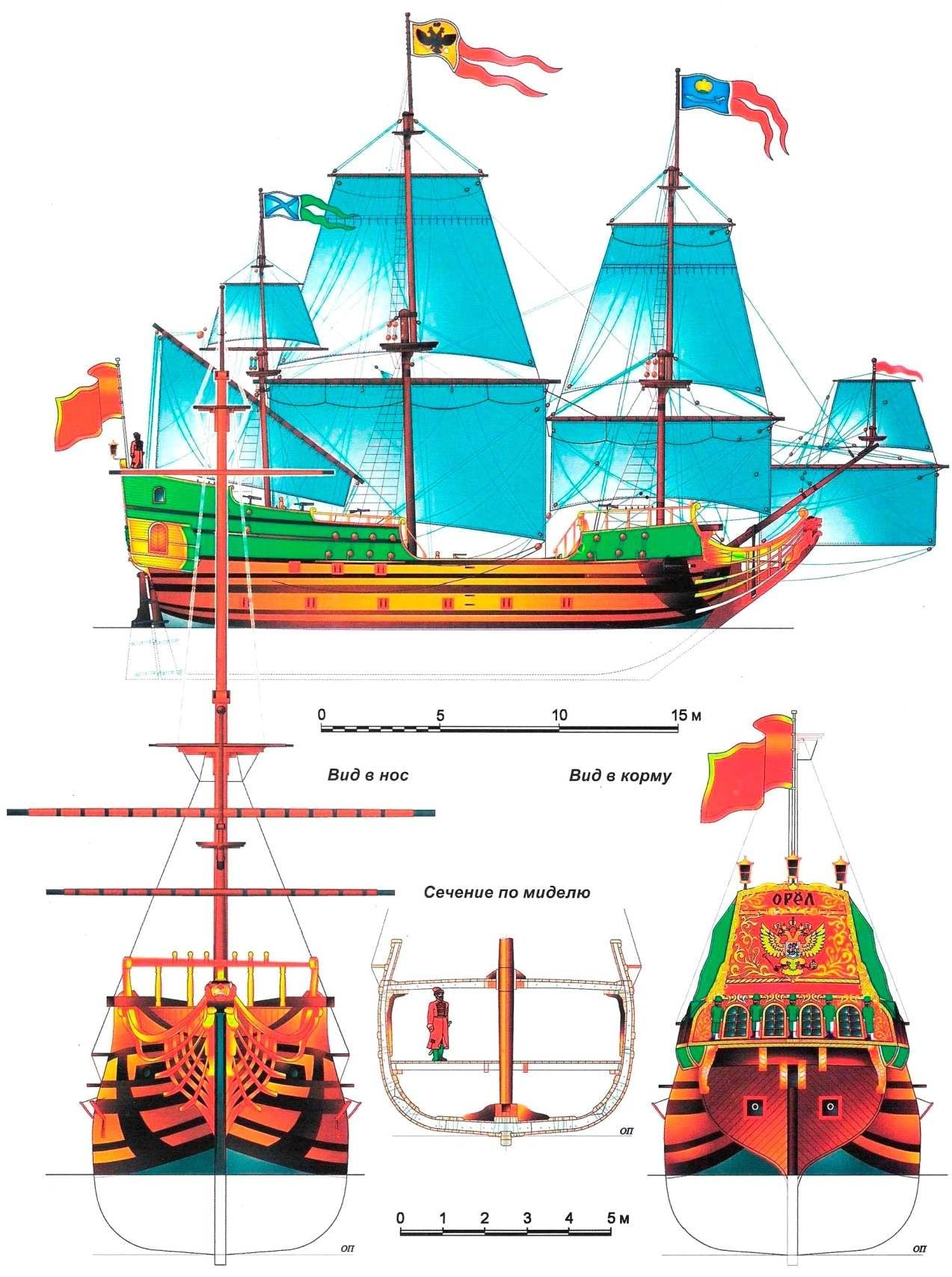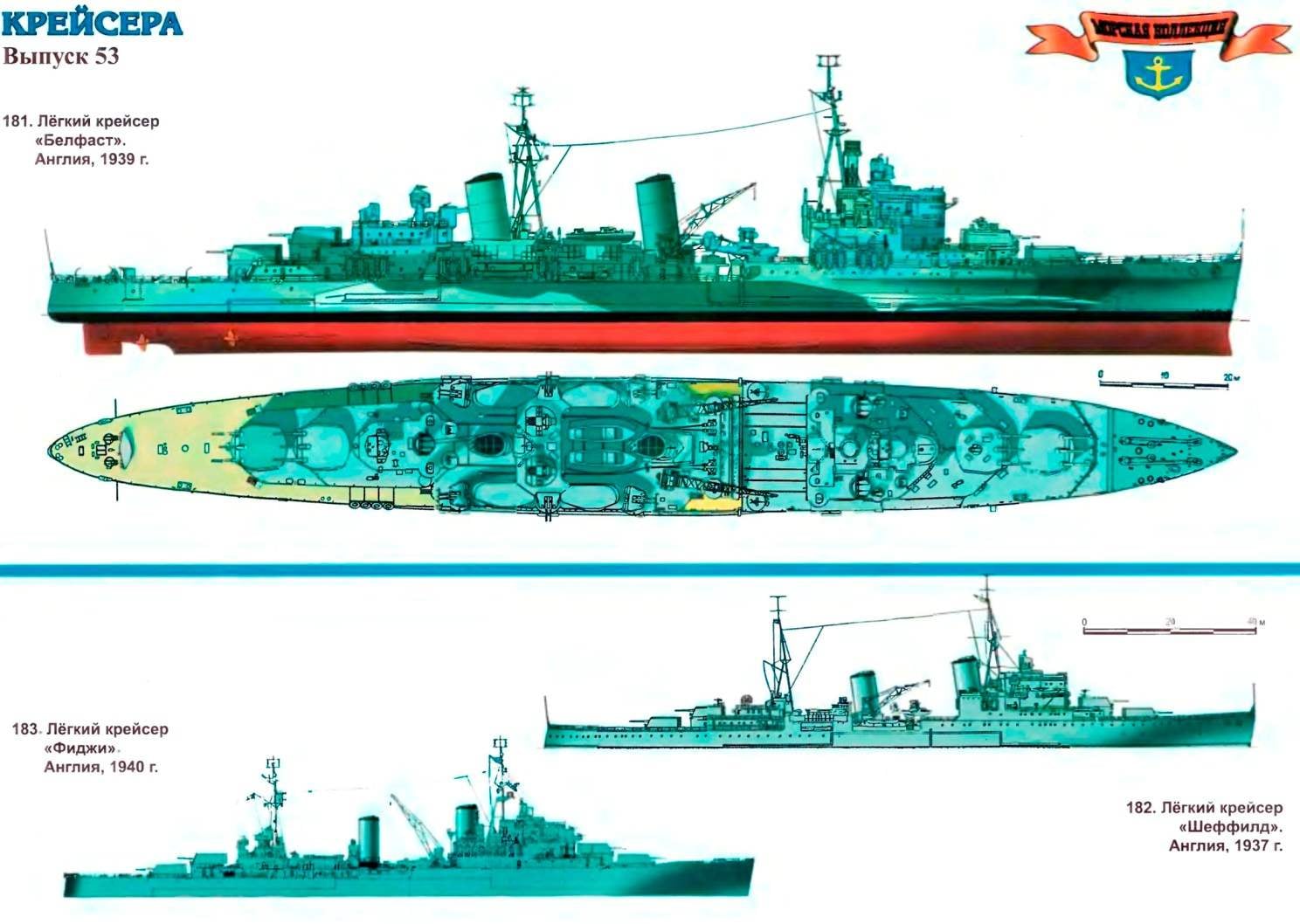 The story of midget submarines began with the artisanal submarines, which can now perform almost any large engineering company – would the money from the customer. But in our time and customers a lot of money, and we are talking primarily about the smugglers and the traffickers. The one who followed world news, noted that in recent years has repeatedly documented cases of the use of midget submarines for the delivery of drugs from Latin America (primarily Colombia) to Mexico, USA and Canada.
The story of midget submarines began with the artisanal submarines, which can now perform almost any large engineering company – would the money from the customer. But in our time and customers a lot of money, and we are talking primarily about the smugglers and the traffickers. The one who followed world news, noted that in recent years has repeatedly documented cases of the use of midget submarines for the delivery of drugs from Latin America (primarily Colombia) to Mexico, USA and Canada.
Marine
A STRATEGIC MISTAKE OF THE EMPIRE
 It is not easy to assess the situation in the world that has developed after the First world war. The defeated German Empire is the largest country in Western Europe fizzled out in the universal race of ambition and the fight for the championship. Near the bottom of the “pit” was Russia, which was drained almost six years of fighting and revolution. The formal winners — Britain and France suffered during the four years of the “great grinder” too great losses in men, and in the media. The role of a leading world power increasingly passed into the hands of “overseas uncle”. The future seemed vague and incomprehensible.
It is not easy to assess the situation in the world that has developed after the First world war. The defeated German Empire is the largest country in Western Europe fizzled out in the universal race of ambition and the fight for the championship. Near the bottom of the “pit” was Russia, which was drained almost six years of fighting and revolution. The formal winners — Britain and France suffered during the four years of the “great grinder” too great losses in men, and in the media. The role of a leading world power increasingly passed into the hands of “overseas uncle”. The future seemed vague and incomprehensible.
“MISTRESS” IN THE PURSUIT OF
 We left Royal Navy under development hollandska-Spirovska submarines of the first generation. This series of nameless boats revealed both advantages and disadvantages of the first Maritime powers of the world in a completely new shipbuilding. The first, of course, include the speed with which built submarines. Here, the shipbuilders of Britain showed their best side. Despite the fact that I had to produce a fundamentally new boats, the timing was very compressed and the quality is very high.
We left Royal Navy under development hollandska-Spirovska submarines of the first generation. This series of nameless boats revealed both advantages and disadvantages of the first Maritime powers of the world in a completely new shipbuilding. The first, of course, include the speed with which built submarines. Here, the shipbuilders of Britain showed their best side. Despite the fact that I had to produce a fundamentally new boats, the timing was very compressed and the quality is very high.
CRUISER LATIN AMERICA
 To test the dynamite gun in a combat situation was not an easy task. Although auxiliary cruiser “niterói” was commissioned in late 1893 , it constantly broke down and failed, and due to an oversight, a private crew, and outright sabotage. 18 Feb 1894 g. the commander of “Niteroi” was ordered to carry up to 300 paratroopers landing in Rio de Janeiro and bombard the fortifications of the rebels at Villegagnon. At the critical moment it turned out that the missing miner, serving the “miracle gun”. Sounded a welcome shot in the last and decisive battle for Rio on March 13. Only on 15 March when the outcome of the battle was already a foregone conclusion, the day of the final surrender of the rebels, the ill-fated shot still managed to produce.
To test the dynamite gun in a combat situation was not an easy task. Although auxiliary cruiser “niterói” was commissioned in late 1893 , it constantly broke down and failed, and due to an oversight, a private crew, and outright sabotage. 18 Feb 1894 g. the commander of “Niteroi” was ordered to carry up to 300 paratroopers landing in Rio de Janeiro and bombard the fortifications of the rebels at Villegagnon. At the critical moment it turned out that the missing miner, serving the “miracle gun”. Sounded a welcome shot in the last and decisive battle for Rio on March 13. Only on 15 March when the outcome of the battle was already a foregone conclusion, the day of the final surrender of the rebels, the ill-fated shot still managed to produce.
A SMALL STEP FOR SMALL STEP…
 Nearly five years, the ousting of John Holland, a private company in 1904 came to a natural end. Amateur inventor had left the firm and his place was taken by young and energetic professional Speer. However, the impact of such a significant figure at the successor remained in force. The first series of submarines SPIRA, type “B” was the direct development of the “hedgerow” and the actual “Hollands”. And in the creation of the project participate directly to the Patriarch of the underwater shipbuilding. Fortunately, the task before the designers enough.
Nearly five years, the ousting of John Holland, a private company in 1904 came to a natural end. Amateur inventor had left the firm and his place was taken by young and energetic professional Speer. However, the impact of such a significant figure at the successor remained in force. The first series of submarines SPIRA, type “B” was the direct development of the “hedgerow” and the actual “Hollands”. And in the creation of the project participate directly to the Patriarch of the underwater shipbuilding. Fortunately, the task before the designers enough.
BELOVED CLASS
 United States of America entered into the 20-ies of XX century, the only real winner. “The great war” is not only completely removed from the scene of one of main competitors — Germany, but much bled the other leading countries of Europe, formally including among the winners of the United States firmly occupied the place of “forge world” that had so long belonged to Britain. Now it was necessary to reinforce economic claims rising military power, especially in the sea. Here, however, things were not so rosy, the Americans have created a powerful battle fleet, laid an enormous series of destroyers — “flash-Decker”, but in the class of cruisers huge gaping gap. The only more or less contemporary were a dozen pieces of type “Omaha”, however, looked to be a drop in the vast sea of the British cruising force. They were approached to provide the linear action of the fleet, but gave in to old cruising tasks, such as the protection of their trade and a violation of the enemy. Seemed to catch up with the “mistress of the seas” in the game on their field in the coming two decades is not possible.
United States of America entered into the 20-ies of XX century, the only real winner. “The great war” is not only completely removed from the scene of one of main competitors — Germany, but much bled the other leading countries of Europe, formally including among the winners of the United States firmly occupied the place of “forge world” that had so long belonged to Britain. Now it was necessary to reinforce economic claims rising military power, especially in the sea. Here, however, things were not so rosy, the Americans have created a powerful battle fleet, laid an enormous series of destroyers — “flash-Decker”, but in the class of cruisers huge gaping gap. The only more or less contemporary were a dozen pieces of type “Omaha”, however, looked to be a drop in the vast sea of the British cruising force. They were approached to provide the linear action of the fleet, but gave in to old cruising tasks, such as the protection of their trade and a violation of the enemy. Seemed to catch up with the “mistress of the seas” in the game on their field in the coming two decades is not possible.
CRUISERS OF ITALY IN THE SECOND WORLD
 By long tradition, the Italian cruisers, including heavy, have a sort of “whipping boys” in the field of shipbuilding. It’s hard to find a review or article 30-ies of the last century, dedicated to the naval fleets, in which “Italians” were not released would be another couple of dubious “compliments”. “Too easily built”, “cardboard”, “poorly protected”, “malovodie” finally just “unlucky”… meanwhile the engineers with the Peninsula created and built only two types of heavy cruisers, each of which deserves a few good words and in many ways superior to their rivals, contemporaries, at least, “on paper”.
By long tradition, the Italian cruisers, including heavy, have a sort of “whipping boys” in the field of shipbuilding. It’s hard to find a review or article 30-ies of the last century, dedicated to the naval fleets, in which “Italians” were not released would be another couple of dubious “compliments”. “Too easily built”, “cardboard”, “poorly protected”, “malovodie” finally just “unlucky”… meanwhile the engineers with the Peninsula created and built only two types of heavy cruisers, each of which deserves a few good words and in many ways superior to their rivals, contemporaries, at least, “on paper”.
“EAGLE” THE FIRST-BORN RUSSIAN FLEET
 Will have to make a reservation at once — reliable information, which is not causing doubts and questions about the shape and design of the firstborn of the Russian Navy, very little. Therefore, we decided not to give ready answers to all the questions do not encourage readers to blindly take our word for it, but just described the situation for what it is known to us today. Model ship “eagle” had already been built, and authors hats off to the people who once took on a noble mission to show his contemporaries, looked like the legend embodied in the canvas, wood and metal. We also tried to make another small step in this direction and we hope that following us will be a bit easier. So, remember the “eagle” — it’s worth it…
Will have to make a reservation at once — reliable information, which is not causing doubts and questions about the shape and design of the firstborn of the Russian Navy, very little. Therefore, we decided not to give ready answers to all the questions do not encourage readers to blindly take our word for it, but just described the situation for what it is known to us today. Model ship “eagle” had already been built, and authors hats off to the people who once took on a noble mission to show his contemporaries, looked like the legend embodied in the canvas, wood and metal. We also tried to make another small step in this direction and we hope that following us will be a bit easier. So, remember the “eagle” — it’s worth it…THE RESPONSE FROM CHAMBERLAIN
 The first years after the conclusion of the London naval agreement of 1930, it caused a massive shift to the construction of light cruisers with 6-inch guns, were relatively quiet. The development of a new (or rather, a revival of the old) class was quite consistent and logical. Would the good old times when making each new project was justified primarily real needs of the fleet, but not artificial limits on the tonnage and caliber of the guns.
The first years after the conclusion of the London naval agreement of 1930, it caused a massive shift to the construction of light cruisers with 6-inch guns, were relatively quiet. The development of a new (or rather, a revival of the old) class was quite consistent and logical. Would the good old times when making each new project was justified primarily real needs of the fleet, but not artificial limits on the tonnage and caliber of the guns.
FAR EASTERN PERFECTION
 After the signing of the Washington Treaty, appeared so uncomfortable and unwelcome for all parties involved, except that of the United States, the Japanese decided to close the infringement in the linear ships, number and tonnage of which was strictly determined by a ratio of 5:5:3 in favor of the United States and England, at the expense of cruisers. “Minimum” fleet’s new policy, developed in 1923, included no less than forty cruisers of the maximum allowed size — 10 thousand tons! They had to form 10 divisions of four ships and become, essentially, the backbone of a fleet. It is clear that such a full swing in its implementation would cost a huge amount, hardly inferior to the cost of those superliners, the construction of which had to be abandoned in accordance with the agreement.
After the signing of the Washington Treaty, appeared so uncomfortable and unwelcome for all parties involved, except that of the United States, the Japanese decided to close the infringement in the linear ships, number and tonnage of which was strictly determined by a ratio of 5:5:3 in favor of the United States and England, at the expense of cruisers. “Minimum” fleet’s new policy, developed in 1923, included no less than forty cruisers of the maximum allowed size — 10 thousand tons! They had to form 10 divisions of four ships and become, essentially, the backbone of a fleet. It is clear that such a full swing in its implementation would cost a huge amount, hardly inferior to the cost of those superliners, the construction of which had to be abandoned in accordance with the agreement.

